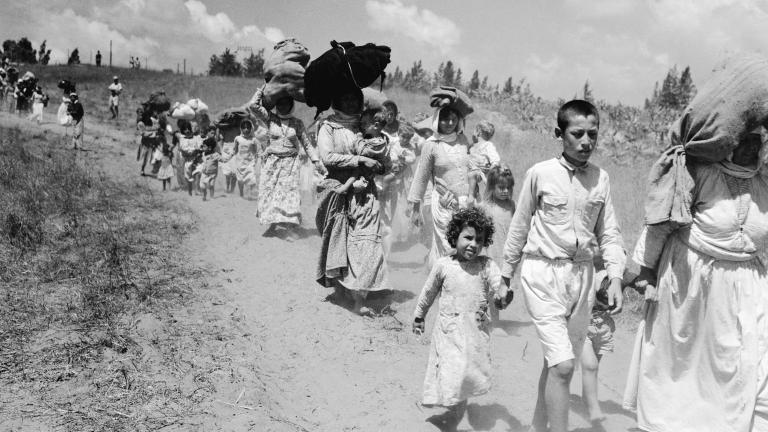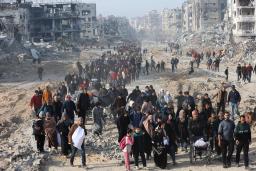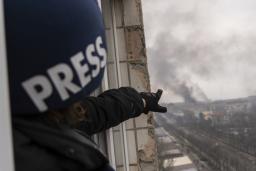Palestinians use the word al‐Nakba — Arabic for “the catastrophe” — to describe their forced displacement in 1948. At least 750,000 people were expelled by militias and the Israeli military or fled as the conflicts grew. Most of those who were displaced believed they would return in a few days or weeks. Five generations later, these people and their descendants still live with insecurity and uncertainty and are unable to return home.
The exhibition Palestine Uprooted: Nakba Past and Present explores the human rights violations related to the ongoing forced displacement and dispossession of Palestinians. Featuring personal stories told through objects and video testimonies, the exhibition presents Palestinian Canadians reflecting on their ongoing struggle for justice and human rights. Together with art, photos, and text, these elements reveal enduring patterns of loss and resistance.
For Palestinians, the Nakba is both their history and their present — it is an ongoing process shaping every aspect of life today.




